Past Events
Interested in Cotsen events? Sign up for our mailing list.Speaker: Dr. Sarah Beckmann, Visiting Lecturer, Department of Classics, UCLA
Over the last generation, scholarly attention towards the production of sculpture in the late antique period (ca. 250 – 550 CE) has rekindled interest in the villa of Chiragan (Haute-Garonne, Aquitaine). Since its excavation in the 19th century, Chiragan has been heralded for its statuary collection, which remains the largest extant assemblage of marble sculptures securely associated with a private context. Among the finds are a number of late antique sculptures that were ostensibly made in eastern workshops: several portraits, small scale mythological statuettes, and multiple relief series. My paper focuses on this latter genre and suggests that these under-synthesized reliefs have much to add to our understanding both of the villa of Chiragan and the marble statuary habit of late Roman villas in southern Aquitaine.

Contact Matthew Swanson
Email mswanson@ioa.ucla.edu
Phone 310-825-4169
Speaker: Dr. David Fredrick, Associate Professor, Department of Classical Studies, University of Arkansas
3:00pm -- Panel Discussion on Critical Archaeological Gaming with Chris Johanson, Demetri Terzopoulos, Eddo Stern, and Lisa Snyder
4:00pm -- Reception
5:00pm -- David Fredrick Lecture: Data Games: Cognitive Mapping in Ancient Pompeii
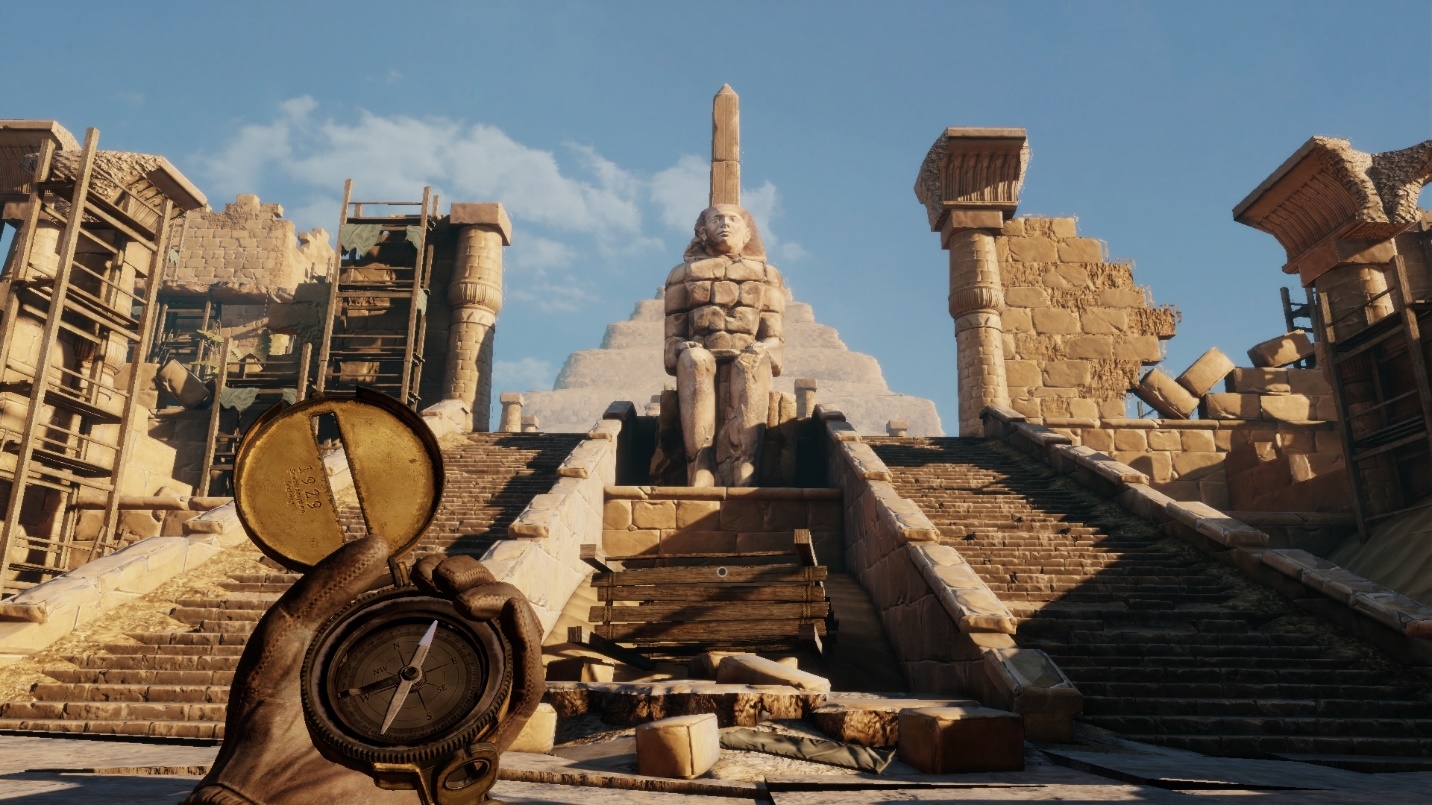
Contact Matthew Swanson
Email mswanson@ioa.ucla.edu
Phone
This workshop focuses on the design of archaeological games that entice users to engage with archaeological skills, methods, questions and results. What are possible goals of such games, and how can these be reached through narratives, interactive mechanics and visual, aural and motive stimulants.
Beyond providing exercises in archaeological approaches, can emergent gameplay have a significant heuristic function? If so, what are the requirements for availability and quality of data, player choice and player skill development?
View the workshop program for details on the talks and activities. Guests are invited to join in-person or remotely view and participate in the workshop on Zoom: https://ucla.zoom.us/j/631730989
Image credit: Screenshot from “Deadfall” https://www.kotaku.com.au/2013/06/its-a-global-archeological-adventure-i...
PROGRAM
Thursday, January 25
10.00-10.15 Willeke Wendrich -- Welcome and purpose of the workshop
10.15-11.00 Tara Copplestone -- Rethinking Archaeology Through Game Design
11.00-11.15 coffee break
11.15-12.00 Erik Champion -- The Sin of Completeness versus the Lure of Fantasy in Contested Possibility-Spaces
12.00 – 1.00 Lunch Break
1.00-1.45 Willeke Wendrich -- Walking through Empty Buildings, Everybody Wears the Same Shoes
1.45-2.30 Hannah Scates Kettler -- Jumping into the Animus: Revisiting old video games to create new ones
2.30-3.15 David Fredrick -- Secrets in the Garden: Modeling Vulnerability and Information Exchange in the House of Octavius Quartio
3.15-3.30 Coffee break
4.15-5.00 Rosa Tamborrino -- The sense of Time in Videogames: Fragments and Lack of Dynamics in Historical Environment Reconstructions
Friday, January 26
10.00 – 12.00 Demonstrations in the Digital Archaeology Lab (Fowler A163)
12.00 – 1.00 lunch break
1.00- 3.00 Discussion: setting the agenda and follow up (Fowler A222)
3.00 pm Friday Seminar: Panel Discussion on Critical Archaeological Gaming: Chris Johanson, Demetri Terzopoulos, Eddo Stern, Lisa Snyder
4.00 pm Reception
5.00 pm Public Lecture by David Fredrick Data Games: Cognitive Mapping in Ancient Pompeii
Contact Deidre Whitmore
Email dal@ioa.ucla.edu
Phone
Speaker: Dr. Ali Mousavi, Lecturer, Department of Near Eastern Languages and Cultures, UCLA
The World Heritage site of Pasargadae, in southern Iran, is the first dynastic center of the Achaemenid Empire in the 6th century B.C. Pasargadae’s palaces, gardens and the mausoleum of Cyrus the Great are outstanding examples of the first phase of royal Achaemenid art and architecture. The ruins of a solitary stone tower, known by the local name of Zendan-e Suleiman (prison of Solomon), dominates the Palace area at Pasargadae. The function of this tower and its counterpart at Naqsh-e Rustam, near Persepolis, has been the object of various studies. The towers, however, defy any convincing interpretation. The results of recent excavations at Pasargadae seem to shed some light on the function of these towers.

Contact Mathew Swanson
Email mswanson@ioa.ucla.edu
Phone
This will be a series of two 30-minute lectures
"Perception in Palatial Architecture: The Example of the Tupkish Palace at Tell Mozan" by Dr. Federico Buccellati
Space, as an expression of the architectural volumes expressed in Mesopotamian palatial architecture, can seem an abstract, distant concept, visible but not understood, and lacking interaction. These volumes, however, carry a deeper meaning: they conditioned and were affected by the daily life of the individuals who used these spaces. The aim is to go beyond the factuality of the data, important though that is, and to recover, through arguable and documentable procedures, the human perception. This perceptual impact encompasses not only the sense of sight, but also sound, smell and touch. The archaeological record gives only partial evidence, as is always the case, but this is often enough to draw meaningful conclusions.
"Architecture Between Bricks, Images and Words" by Dr. Maria Gabriella Micale
The centrality of architecture in the Mesopotamian worldview is reflected in both myth and reality. The presented research is a study of form and function of architectural representation and description. It analyzes the representation of Assyrian architecture by means of an innovative theoretical approach, which identifies features and functions of the occurrence of architecture in both images and texts, also in the light of the broader Mesopotamian culture. Contrary to the traditional scientific approach to images, which considers them mere reproductions of the physical built space, the project aims at defining the role of the textual description of architecture in the construction of visual imagery, the relationship among the different traditions (architectural, iconographic, and textual), and the paths of their reciprocal influences.
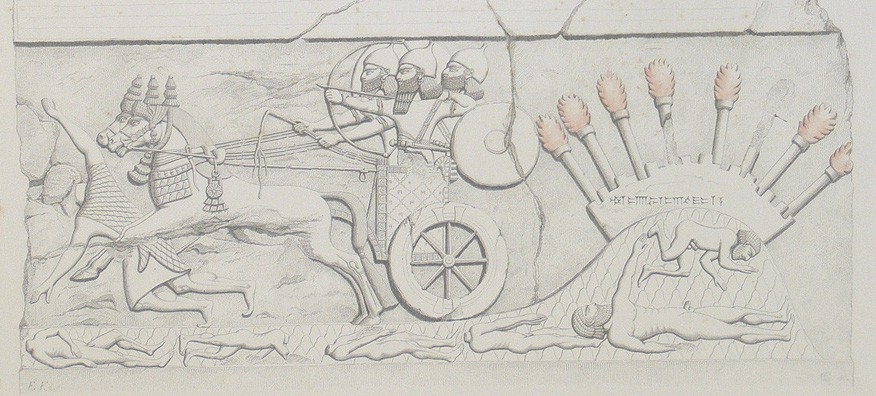
Contact Matthew Swanson
Email mswanson@ioa.ucla.edu
Phone
Speaker: Dr. Ioanna Kakoulli, Professor, Department of Materials Science and Engineering, UCLA
Fayum portraits are paintings mainly on wooden support reflecting Greek painting traditions and Egyptian funerary practices. These paintings are naturalistic portraits of the deceased and provide a snapshot of Greek civic life and customs in Egypt during the Ptolemaic and Roman rule. Non-invasive and non-destructive evaluation (NDE) of these portraits from the macro to the molecular length scale using combined imaging and spectroscopic techniques supported label-free fingerprint identification of pigments and binding media revealing raw materials selection, production technology and the operational sequences (chaîne opératoire) of the processes associated with the making of the painting. Results from the analyses integrating hyperspectral cubes in reflectance luminescence and X-ray fluorescence (XRF) and forensic imaging investigations combined with fiber-optic reflectance spectroscopy (FORS) and portable XRF, indicated the use of a variety of natural and synthetic organic, inorganic and composite pigments mixed with melted beeswax in ‘encaustic’ [εγκαυστική] painting technique. The significance of this research is twofold: 1) research has been conducted without the need to take any samples and 2) results from the analyses revealed key information on the fashion and practices in Egypt during the Greek and Roman period. For example, the production of the green pigment, a synthetic organic-inorganic complex, giving the green color to the ‘gemstones’ of the necklaces in women’s portraits, is similar to the processes in alchemical manuals of the third century AD, describing a method how to color rock-crystals green, in imitation of precious stones. Similarly, the pigment madder lake used to paint the red-purple garments in the portraits replicates technology employed for the production of mordanted dyes to tint yarns for the textile ‘industry’. These results further illustrate the close affinities and interconnections between the various ‘chemical arts’, such as mining, metallurgy, corrosion and dyeing, to the art of painting and how the cultural and socio-political milieu in Egypt during the Greek and Roman period, with philosophies driving experimentation, influenced material choices and processes involved for the production and use of pigments in art.
Contact Matthew Swanson
Email mswanson@ioa.ucla.edu
Phone
Speaker: Dr. Doug Bailey, Professor, Department of Anthropology, San Francisco State University
What happens when people attempt to discard and destroy a museum archive that contains many thousands of visual and material objects? In this workshop, we discuss the politics, potential, and violence of archive objects (specifically a cache of over 1200, 35-mm transparencies from the mid-late 20th century. What lives do they live? Are they passive and neutral objects resting peacefully in an institution's collection? Are they active material things? If the latter, then what affect do they have, what energies and essences do they constitute, what is their present and their future, where should they go, and what should they do?
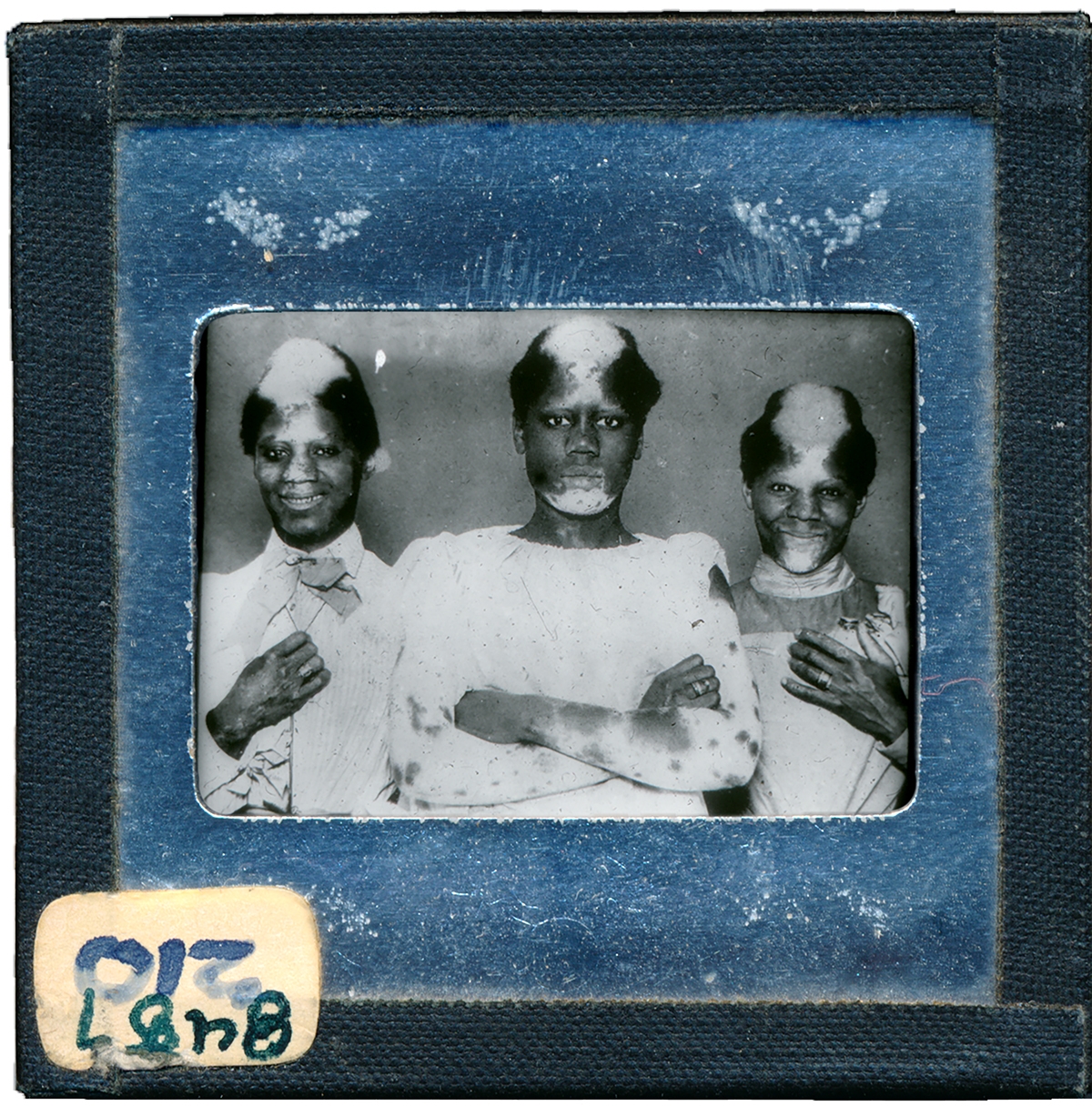
Contact Matthew Swanson
Email mswanson@ioa.ucla.edu
Phone
Speaker: Dr. Olivia Navarro-Farr, College of Wooster
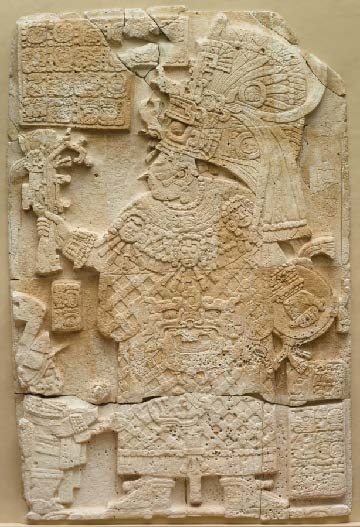 Recent investigations in Waka’s primary civic-ceremonial structure discovered a royal tomb including the remains of Queen K’abel. These excavations also revealed the name of an earlier, previously unknown Kaanul queen, Ikoom Sak Wayis, likely pertaining to the interment of a royal female excavated at the site’s palace complex in 2004. This discussion focuses on the wide-ranging evidence that underscores the place of these queens in the collective social memory of ancient Wakeños, their diplomatic capabilities, and their political importance. This examination also serves to initiate conversations about increasing theoretical considerations of how women acted deliberately and meaningfully as agents of ancient statecraft.
Recent investigations in Waka’s primary civic-ceremonial structure discovered a royal tomb including the remains of Queen K’abel. These excavations also revealed the name of an earlier, previously unknown Kaanul queen, Ikoom Sak Wayis, likely pertaining to the interment of a royal female excavated at the site’s palace complex in 2004. This discussion focuses on the wide-ranging evidence that underscores the place of these queens in the collective social memory of ancient Wakeños, their diplomatic capabilities, and their political importance. This examination also serves to initiate conversations about increasing theoretical considerations of how women acted deliberately and meaningfully as agents of ancient statecraft.
Contact Matthew Swanson
Email mswanson@ioa.ucla.edu
Phone
Speaker: Dr. Christine Lee, Assistant Professor, Department of Anthropology, Cal State LA
My research focuses on ethnic identity and how it is expressed in the human skeleton and its burial context. The populations I study were seldom represented in contemporary historical texts. These people included nomadic pastoralists, migrants and merchants, and finally women and children. The first population sample represents the Uighur dynasty in Mongolia. This cemetery dates to the end of the dynasty which was plagued by epidemics and famine before its collapse. Bioarchaeological analysis of Manichaean temple burials show a high mortality rate among infants and periods of high stress among the surviving adults. A second rare archaeological sample dates to Ming-Qing dynasty China. This is the only archaeological site known to have women with bound feet. A complete analysis was done on the occurrence and prevalence of footbinding from the Song –Qing dynasty burials. Next,four archaeological sites from the Western Regions (China and Mongolia) will be discussed regarding trauma patterns along the Silk Road. These are frontier sites from non-Asian Sogdian (Persian) and Pazyryk (Scythian) populations. Finally, current field excavations of several sites which date to the Period of Disunion (Dark Ages), after the collapse of the Han and Xiongnu empires. Little is known about this time other than there was widespread unrest and migration in Mongolia and Northern China. Preliminary findings suggest a change in burial patterns and ethnic identities.
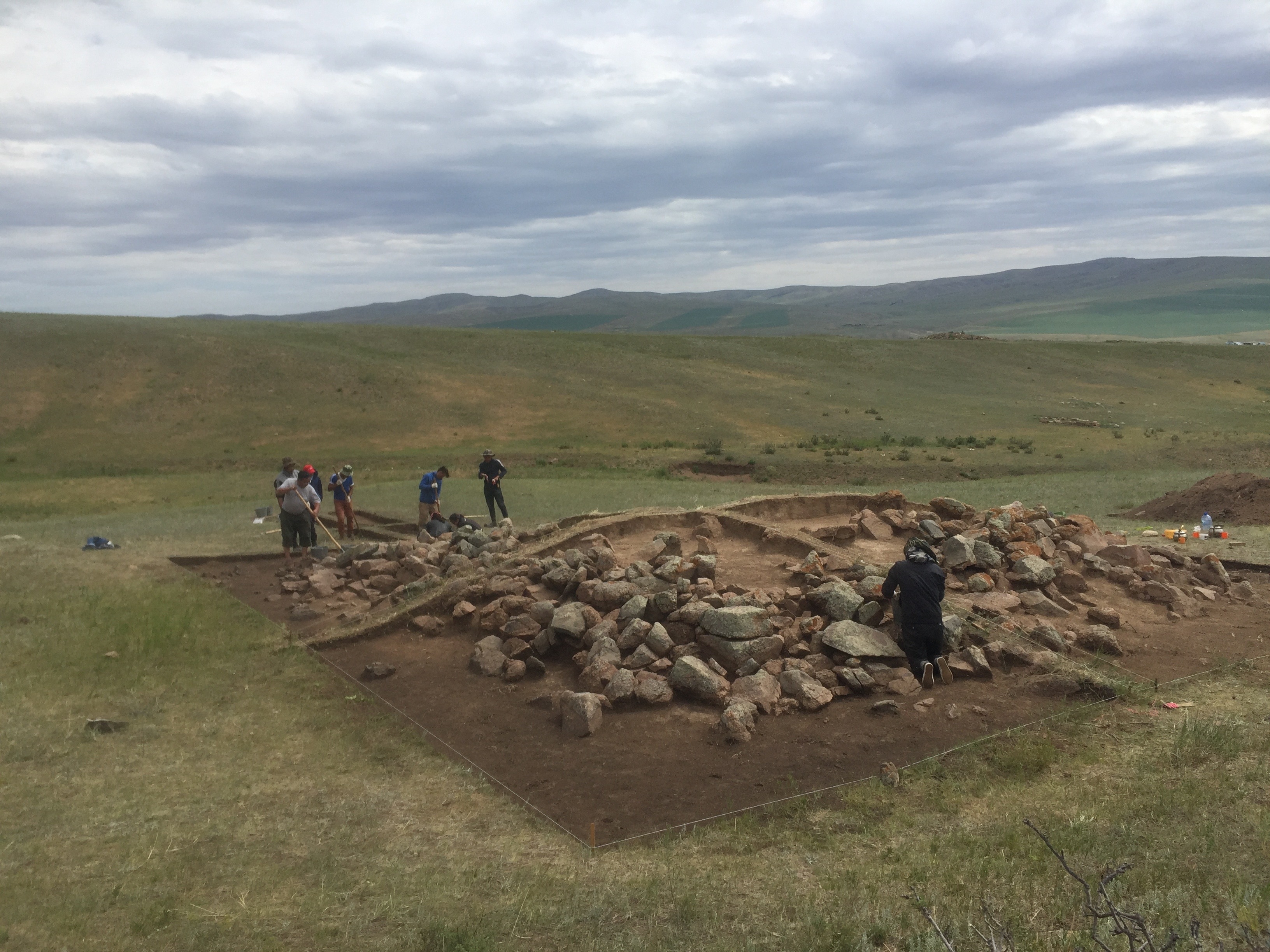
Contact Matthew Swanson
Email mswanson@ioa.ucla.edu
Phone
Speaker: Dr. Thomas Garrison, Ithaca College
In 2016, the National Center for Airborne Laser Mapping (NCALM) acquired over 2100 square km of data over the Maya Biosphere Reserve in Guatemala, representing the largest single LiDAR acquisition for archaeological research. Sponsored by PACUNAM, a consortium of scholars representing different archaeological projects and nationalities have come together to analyze broad trends across the ten individual polygons covered by the data. Notable among the findings are patterns of settlement density and vacancy, an uneven distribution of intensive agricultural systems, and variations in regional connectivity and disconnectivity. A final aspect of the data, seen prominently around the ancient Maya kingdom of El Zotz, is the presence of elaborate systems of site defense. This talk will highlight some basic findings by members of the PACUNAM LiDAR Initiative (PLI) before focusing on what these data tell us about Maya warfare, defense, and politics. Particular attention will be paid to the discovery of a true Maya fortress, dubbed La Cuernavilla, and the implications this site has for understanding Maya politics in the aftermath of Teotihuacan's entrada into the lowlands in the 4th century A.D.

Contact Matthew Swanson
Email mswanson@ioa.ucla.edu
Phone
- ‹ previous
- 35 of 50
- next ›


